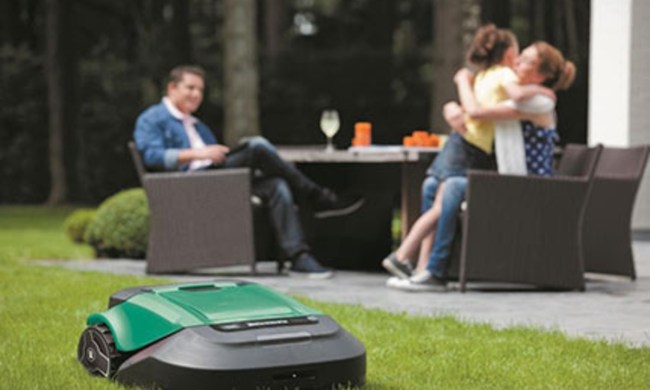Every alpinist knows the saying, ‘it’s every ounce that counts’.
Mountaineering endeavors become more grueling with any incremental increase in pack weight — but sacrifice warmth and face the threat of imminent hypothermia. The most imperative yet also space-consuming combatants are clothing layers and sleeping bags. Patagonia revamped the need for this redundancy in high alpine conditions with the release of the Hybrid Sleeping Bag in fall 2016 — an integrated half-bag combining a baffled down bottom with the top layers the adventurer is already wearing.
While the Hybrid Sleeping Bag represents a new product category for Patagonia in 2016, this was not the company’s first venture into the realm of cutting-edge outdoor gear when considering the PSI Vest, an inflatable wet suit developed to increase the safety of big wave surfers — but it is a first for gear aimed at an elevation high above sea level. Even then, a big inspiration behind the innovative sleeping bag is none other than Patagonia founder Yvon Chouinard.
“The Chouinard family very much believes in building any product if we can legitimately say the design and functionality are better than the status quo,” Patagonia Design Manager Casey Shaw tells Digital Trends. “The concept is one Yvon feels very strongly about on a personal level, and dates back to his use of Elephant’s foot style bags in the sixties.”
Patagonia took its time developing this product — and for good reason. The 850-fill power Traceable Down came from successful design experiences from the company’s jackets.
“First, we wanted to improve the engineering methods used in baffled construction, and those efforts date back to the Limited edition Encapsil Belay Parka,” says Shaw.
The design improvements did not stop there. The Hybrid Sleeping Bag uses Pertex fabric for its rip-proof durability. Our own experience with this product in the field confirmed that Pertex results in a more tenacious exterior than a typical high-altitude sleeping bag. We also found that the lack of zipper necessity on the bottom half of the bag exemplifies this feature by eliminating a potential failure point from the design, rendering the baffled ‘elephant foot’ more reliably insulated.
“There is no barrier in the fabric package, and speaking for myself, the Pertex is simply a lightweight nylon than manages to meet our strict tear strength and durability testing and standards,” Shaw says. “Many light weight nylons do not meet our standards. We absolutely do not want a barrier in a product like this.”
Continuing on the topic of technical materials, Patagonia again drew from a fabric that’s popular amongst climbers and mountaineers for the interior of the Hybrid Sleeping Bag.
“We designed the bag for Alpine climbing, knowing boots would most probably be worn inside the bag.”
“The more compelling and interesting material story is the Houdini fabric, which was used very purposely. This fabric is very light, but very strong and durable. This is important given we designed the bag for Alpine climbing, knowing boots would most probably be worn inside the bag,” Shaw explains.
Patagonia has long been a frontrunner in wind shell design with its development of the Houdini fabric, a 15-denier tightly woven rip stop nylon construction repeatedly rated for exceptional DWR, equal wind proof and breathability. At 3.5 ounces, the Houdini is the lightest shell jacket on the market. The challenges of a half-sleeping bag were countered with this reliable fabric, ensuring a strong cocoon simulation around a user’s top layers with minimal weight addition.
“The upper portion, which is stand-alone Houdini fabric, imparts this durability into the upper half of the bag where this single skin of nylon is your only separation from the elements,” adds Shaw.
With the highest quality 0-10 degree (Fahrenheit) rated sleeping bags tipping the scales at an average of 40 ounces, Patagonia has shaved that weight to a mere 18 ounces, while maintaining absolute thermal performance.
“Our initial lab tests support that the Hybrid sleeping bag, when paired with the Grade VII Parka is rated to a 10 degree sleeping system,” Shaw relays, drawing on direct lab results from within the factory. “It is a very simple product, and the idea is that with some type of jacket as the upper insulation, you will be rolling around and the bottom and sides should have equal thermal properties.”
The product is a game-changer in mountainside efficiency. The sleeping bag allows users to hop in, zip the hood up around their jacket, and climb out half-dressed, one step ahead in preparation for the next day’s adventure. Perhaps equally important is that Patagonia will use what it learned in making a sleeping bag for its future designs.
“The 3-dimensional patterning and unique construction engineering first executed in the Encapsil Parka was utilized in the sleeping bag and the Grade VII Parka. And as the saying goes: ‘racing improves the breed’ so some of these F1 ideas are also now incorporated into mainstream products like the Fitzroy Down Parka,” Shaw states.
Patagonia’s impressive endeavor signifies a welcome transition from exclusive apparel into the formidable industry of outdoor gear. The Hybrid Sleeping Bag has certainly hit the mark — serving as a stand-alone product for mountain enthusiasts by eliminating those cold, half-naked mornings. While the design manager would not directly state where Patagonia was headed next, with outdoor gear now a beacon on their radar, we’ll be watching with keen interest.
The Hybrid Sleeping Bag bag is available now at Patagonia stores and online in three sizes, starting at $279 for the short, $299 for the regular, and $319 for the long.




